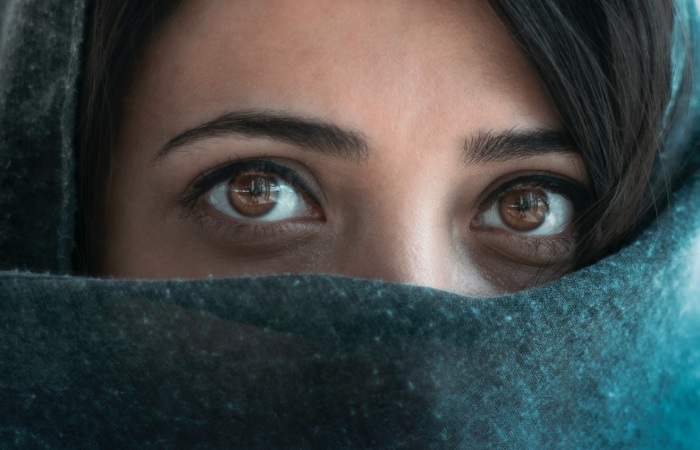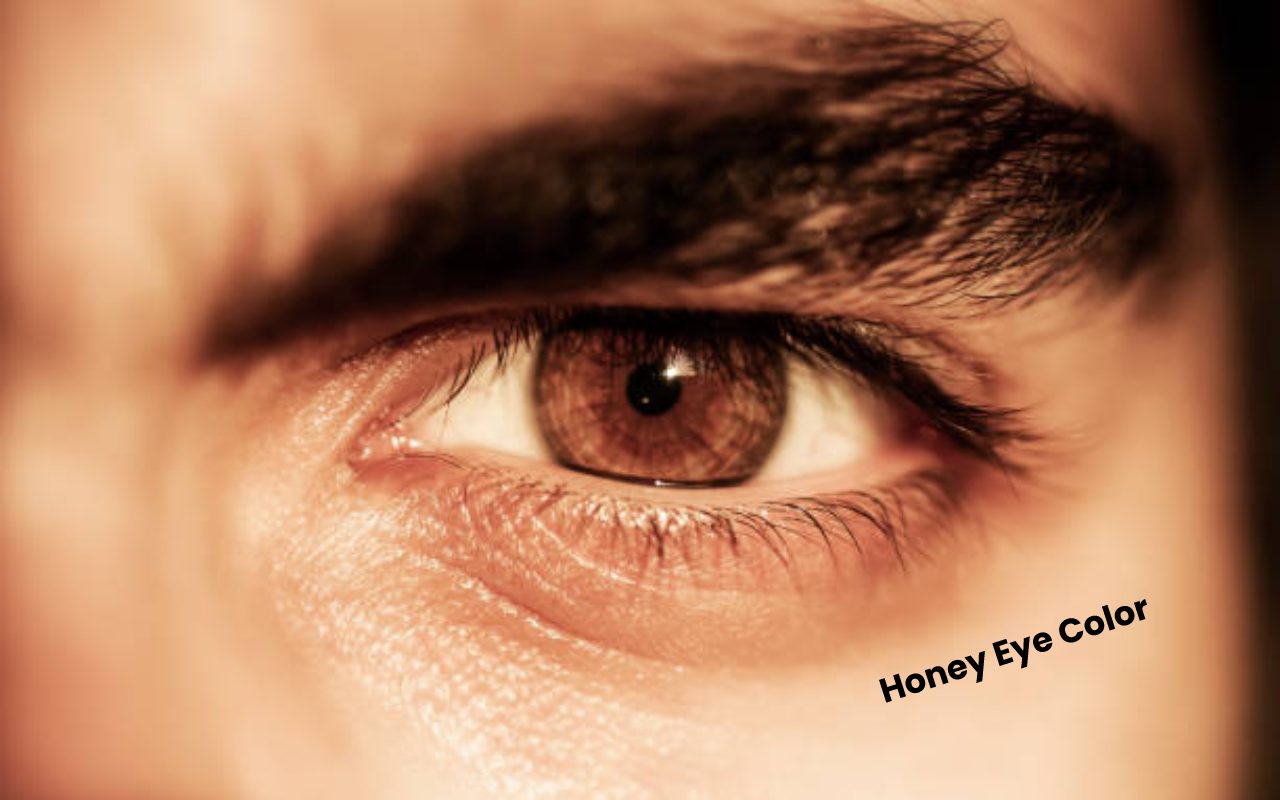Table of Contents
About Honey Eye Color
There’s something mysterious about Honey Eye Color. There are so many ways to describe this gorgeous eye color. Some people say she’s the same color as a hazelnut, while others say her eyes are “golden” or “brown-green”.
One of the reasons it’s hard to describe honey eyes is because this shade seems to change depending on what you’re wearing and the type of light.
Also, honey eyes appear to contain subtle shades of green, amber and even blue. These color tints do not exist in the human eye.
What Determines Eye Color?

In school, we were all taught that we inherit eye color from our parents, that brown eye color is dominant, and that blue eye color is receding. So, binary parents with blue eyes cannot have a kid with brown eyes. Neither parent carries the dominant form of the brown eye gene.
But it turns out it’s a bit more complicated than that.
Recent studies indicate that up to 16 genes (not just one or two) can influence eye color, making it harder to predict eye color.
Because of the potential variations in the interactions and expression of many genes It is difficult to safely predict the color of a child’s eyes based on the color of their parent’s eyes. For example, we know that two parents with blue eyes can have a child with brown eyes. The fact that the old model of eye color transmission indicated impossible.
Also, eye color can change drastically during the first years of life. Many offspring are born with blue eyes that will turn brown, green or hazel during infancy. This singularity has nothing to do with genetics, but it helps explain the origin of honey eyes.
What Causes Honey Eyes
The pigmented structure inside the eye surrounds the pupil and gives the eyes their color is the iris. The pigment answerable for eye color is called melanin, which also plays a role in skin color.
The irises of babies born with blue eyes do not yet contain their total amount of melanin. During the first years of life, melanin accumulates in the iris, and this is how blue eyes turn green, hazel or even brown.
Babies whose blue eyes turn brown make large amounts of melanin. Those who have green or hazel eyes make a little less.
Babies born with dark eyes will have dark eyes all their lives. Indeed, these people naturally have more melanin in their eyes.
Absorption And Scattering Of Light
The eye does not contain blue, green or honey pigments. Instead, the eyes contain varying amounts of melanin, a dark brown stain. So how can dark brown pigment create blue, green, or hazel eyes?
- The melanin in the iris absorbs different wavelengths as they enter the eyes.
- Light is reflected and scattered by the iris, and some wavelengths scatter more quickly.
Eyes with high concentrations of melanin absorb more light entering the eye. For eyes with lower concentrations of melanin, less light is absorbed. So, more light is scattered and reflected on the iris.
Because rays of sunshine with lower wavelengths (blue and green light) scatter more easily than sun rays with higher wavelengths (red light). Eyes containing less light-absorbing melanin appear green or honey vision, and eyes with low concentrations of melanin appear blue.
Also, the distribution of melanin can vary in the iris, and hazel eyes appear light brown near the pupil and greener around the edges of the iris.
Honey Eye Color Are Works Of Art
Honey eye color is complex and beautiful as many factors. In the iris, light scattering and the molecule’s pigments affect color.
Just as the artist needs an infinite number of brush strokes to create his masterpiece, honey eyes are the combination of several elements to create a unique work of art.
If you wear glasses, choose lenses with anti-reflective treatment to eliminate distracting reflections on your glasses, allowing others to see the beauty of your honey eyes.
Can You Change Your Eye Color To Have Honey Eye Color?
If you don’t naturally have honey eyes but have always wanted to have them, you can make your dream come true with colored contact lenses. Of course, they won’t change your eye color, just their appearance.
Colored contact lenses are available in many tints, and there are different shades of hazel. It’s not just about choosing the lens color you like: your natural eye color plays a role in determining which lenses will look best on you.
Contact lenses with an “enhancement tint” may be appropriate if you have very light eyes. These lenses feature a transparent color that lets some of your natural color shine through to enhance the blue in your eyes. If your eyes aren’t light enough, you could get the honey color you want with an enhancement tint.
It is more likely that you need an opaque shade to have a honey color. These lenses are designed to hide your natural eye color with the color you want to achieve. They give excellent results if you have dark brown eyes and want to make them appear lighter, such as a honey color.
Your optician will show you the different colors available and help you make the right choice.
Contact lenses are prescribed, and if you don’t wear lenses yet, you must have a routine eye exam and get a prescription before getting them, even if you have perfect vision without corrective lenses or your corrective contact lenses.
Conclusion
Honey Eye Color – every eye color has its beauty. A honey eye features various colors, including green pigment and light brown or gold.

